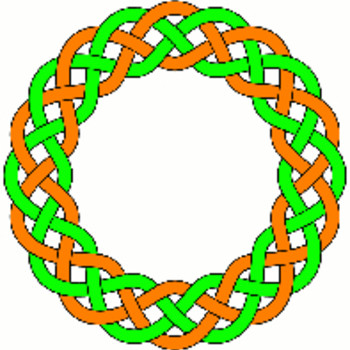Double integration may be applied with the element of summation comprising some notional approximate rectangle (becoming exact in the limit as the length of the sides approaches #0#) of sides #dx# and #r d theta# where #r# is the radius of the circle being swept to form the surface, such that, in this case, #r = x sqrt(x - 1)# and #theta# is the angle through which the radius is swept. It will be necessary to sweep from #theta = 0# to #theta = 2 pi#, over the interval #x = 2# to #x = 3#.
Denoting the required area by A, retaining #r# for the moment to illustrate the point, the integral may be set up as
#A = int_(theta = 0)^(theta = 2pi) int_(x = 2)^(x = 3) r dx d theta#
that is
#A = int_(theta = 0)^(theta = 2pi) int_(x = 2)^(x = 3) xsqrt(x-1) dx d theta#
Taking the inner integral first,
#int_2^3 xsqrt(x-1) dx #
this may be solved using the substitution
#u(x) = x - 1#
so that
#(du)/dx = 1#
so that
#int du = int dx#
Noting
#u = x - 1#
implies
#x = 1 + u#
so that
#xsqrt(x-1) = (1 + u) sqrt(u) = sqrt(u) + u^(3/2)#
and, for the limits,
u(2) = 1
and
u(3) = 2
the required (inner) integral is
#int_1^2 (u^(1/2) + u^(3/2)) du #
which, by the sum rule is
#int_1^2 u^(1/2) du + int_1^2 u^(3/2) du #
#= (2/3)[u^(3/2)]_1^2 + (2/5)[u^(5/2)]_1^2#
#= (2/3)(2^(3/2)-1) + (2/5)(2^(5/2) -1)#
#~~ 3.0817# (to 4 decimal places, courtesy of Gnu Octave but defer that collapsing to an approximate value until the outer integral is evaluated ... )
Denoting the first (inner) integral by #K# (as it evaluates to a constant), the outer integral may now be evaluated
#A = int_0^(2pi) K d theta#
# = K[theta]_0^(2pi)#
# = 2 pi K#
So the overall double integral evaluates to
#A = 2 pi ((2/3)(2^(3/2)-1) + (2/5)(2^(5/2) -1))#
#~~19.363# square units (to be specified from the units of #x#)
(to 3 decimal places, again courtesy of Gnu Octave)

